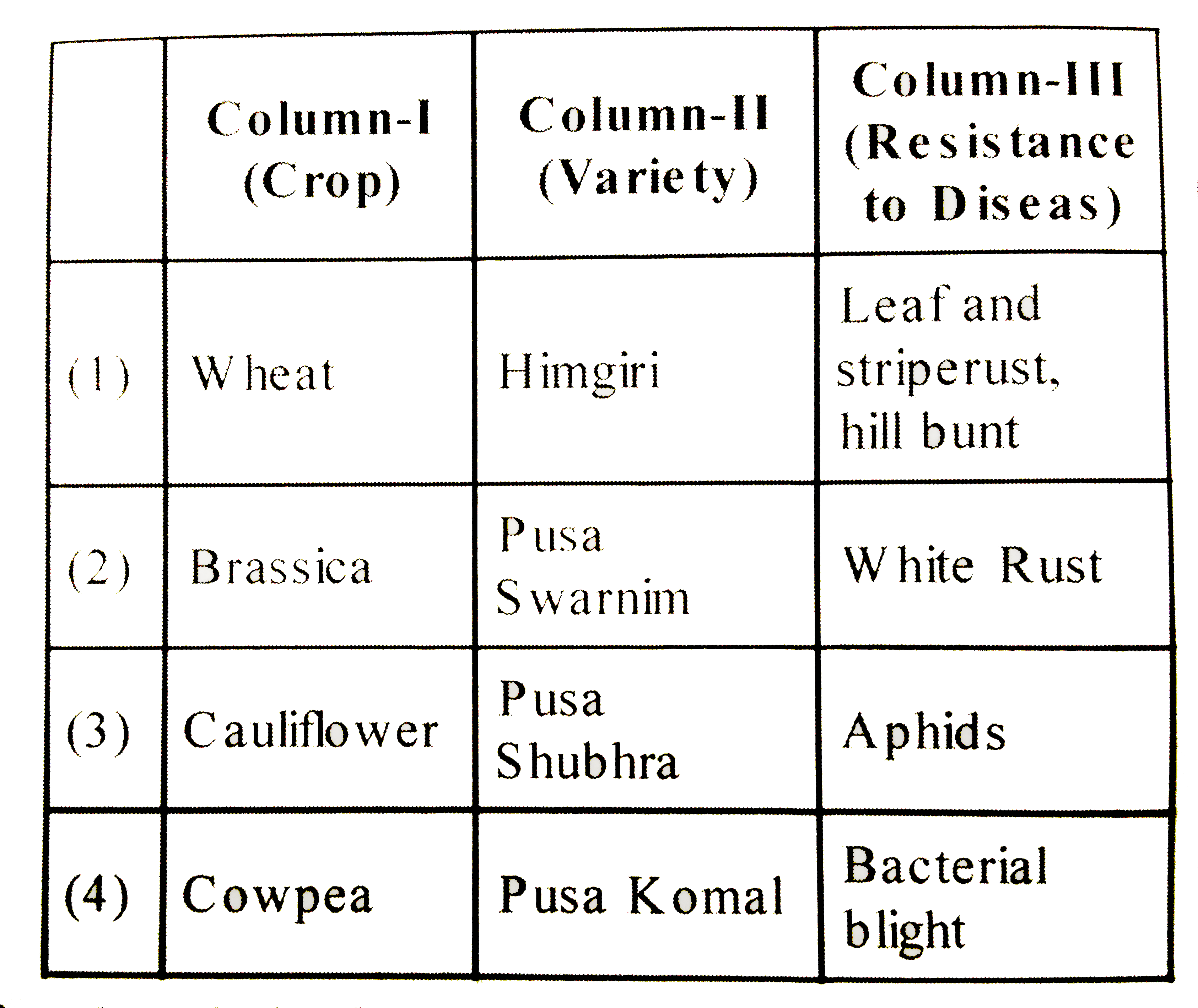Which of the following is incorrect order ?
CH−3>CH3O−>HO−>H2O ( Nucleophilicity in protic solvent )
Cl−>CH3COO−>CH3O−>NH−2 ( Leaving group ability )

CH3−CH2−F>CH3−CH2−Cl>CH3−CH2−Br>CH3−CH2−I ( Boiling point )
The correct Answer is:D
To determine which of the following orders is incorrect, we need to analyze the provided statements step by step.
Step 1: Analyze Nucleophilicity
- Nucleophilicity refers to the tendency of a species to donate an electron pair to an electrophile.
- Generally, nucleophilicity increases with decreasing stability of the nucleophile. Less stable nucleophiles are more reactive.
- Comparing the nucleophiles:
1. H2O: Very stable, least nucleophilic.
2. OH-: More nucleophilic than H2O due to the negative charge.
3. OCH3-: The methyl group (CH3) has a +I effect, which destabilizes the negative charge, making it more nucleophilic than OH-.
4. CH3-: Least stable and most nucleophilic due to the lack of electronegativity in carbon.
Correct Order: CH3- > OCH3- > OH- > H2O
Step 2: Analyze Leaving Groups
- The stability of a leaving group is crucial; more stable leaving groups are better at leaving.
- Comparing the leaving groups:
1. Nitrogen with a negative charge: Less stable due to lower electronegativity.
2. Oxygen with a negative charge: More stable due to higher electronegativity.
3. O-: Stabilized by resonance, making it a good leaving group.
4. Cl-: Has a vacant d-orbital, allowing it to stabilize the negative charge.
Correct Order: Cl- > O- > Nitrogen (less stable)
Step 3: Analyze Alkene Stability
- Alkene stability is often determined by hyperconjugation, which depends on the number of alpha hydrogens.
- Comparing the alkenes:
1. Alkene with 10 alpha hydrogens: Most stable.
2. Alkene with 7 alpha hydrogens: Less stable than the first.
3. Alkene with 4 alpha hydrogens: Less stable than the second.
4. Alkene with 1 alpha hydrogen: Least stable.
Correct Order: 10 alpha H > 7 alpha H > 4 alpha H > 1 alpha H
Step 4: Analyze Boiling Points
- Boiling point is directly proportional to molar mass.
- Comparing the halogens:
1. Iodine: Highest molar mass, highest boiling point.
2. Bromine: Lower than iodine but higher than chlorine.
3. Chlorine: Lower than bromine.
4. Fluorine: Lowest molar mass, lowest boiling point.
Correct Order: I > Br > Cl > F
Conclusion
After analyzing all statements, the incorrect order is related to the boiling points of the halogens. The statement claiming a different order than I > Br > Cl > F is incorrect.
Final Answer
The incorrect order is related to the boiling points of halogens, specifically option D.
---
- Nucleophilicity refers to the tendency of a species to donate an electron pair to an electrophile.
- Generally, nucleophilicity increases with decreasing stability of the nucleophile. Less stable nucleophiles are more reactive.
- Comparing the nucleophiles:
1. H2O: Very stable, least nucleophilic.
2. OH-: More nucleophilic than H2O due to the negative charge.
3. OCH3-: The methyl group (CH3) has a +I effect, which destabilizes the negative charge, making it more nucleophilic than OH-.
4. CH3-: Least stable and most nucleophilic due to the lack of electronegativity in carbon.
- The stability of a leaving group is crucial; more stable leaving groups are better at leaving.
- Comparing the leaving groups:
1. Nitrogen with a negative charge: Less stable due to lower electronegativity.
2. Oxygen with a negative charge: More stable due to higher electronegativity.
3. O-: Stabilized by resonance, making it a good leaving group.
4. Cl-: Has a vacant d-orbital, allowing it to stabilize the negative charge.
- Alkene stability is often determined by hyperconjugation, which depends on the number of alpha hydrogens.
- Comparing the alkenes:
1. Alkene with 10 alpha hydrogens: Most stable.
2. Alkene with 7 alpha hydrogens: Less stable than the first.
3. Alkene with 4 alpha hydrogens: Less stable than the second.
4. Alkene with 1 alpha hydrogen: Least stable.
- Boiling point is directly proportional to molar mass.
- Comparing the halogens:
1. Iodine: Highest molar mass, highest boiling point.
2. Bromine: Lower than iodine but higher than chlorine.
3. Chlorine: Lower than bromine.
4. Fluorine: Lowest molar mass, lowest boiling point.
After analyzing all statements, the incorrect order is related to the boiling points of the halogens. The statement claiming a different order than I > Br > Cl > F is incorrect.
The incorrect order is related to the boiling points of halogens, specifically option D.
Similar Questions
Knowledge Check
Which of the following is incorrect statement?
AStoichiometery of a reaction tells about the order of the elementary reactions.BFor a zero order reaction, rate and the rate constant are identical.CA zero oder is controlled by factors other than concentration of reactions.DA zero order reaction is an elementary reaction.
Which of the following is incorrect statement?
View SolutionWhich of the following is incorrect statement
View SolutionWhich of the following is incorrect match :-

View SolutionWork (W) is the path function. Which of the following order is incorrect?
View SolutionWhich of the following orders is incorrect ?
View SolutionWhich of the following order is incorrect :-
View SolutionWhich of the following order is incorrect for thermal stability :-
View Solution
